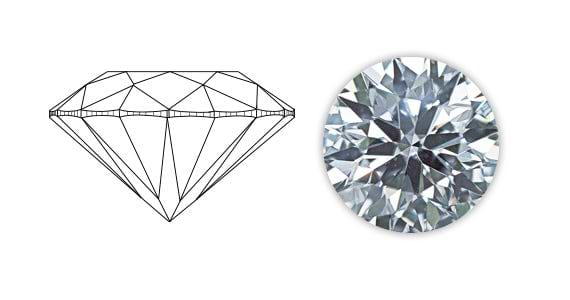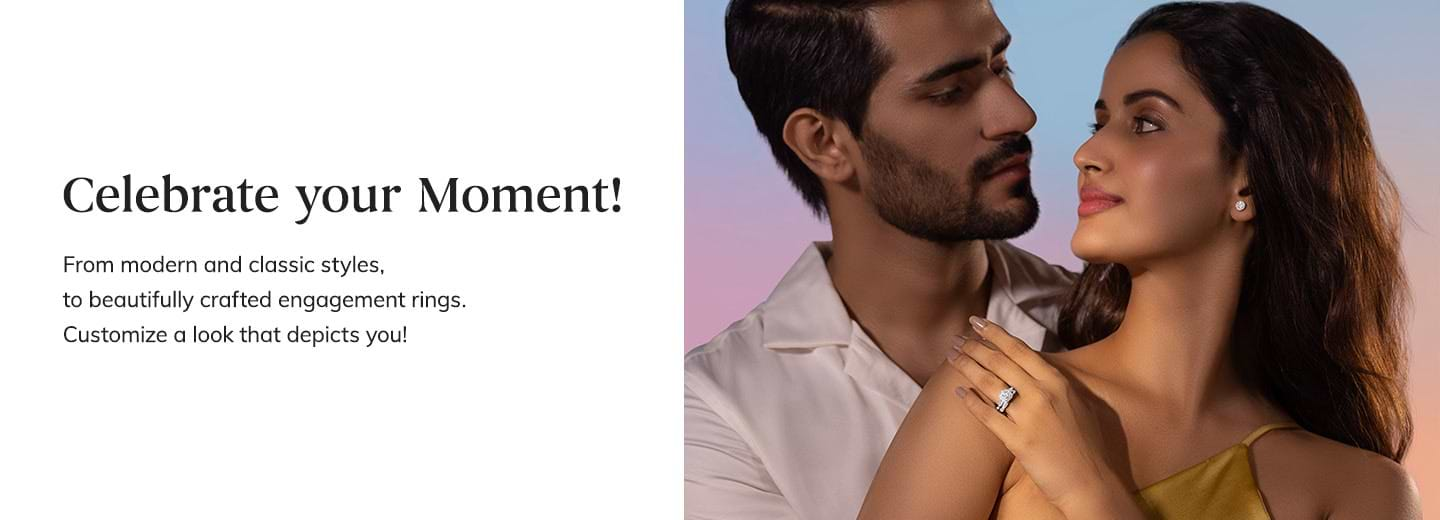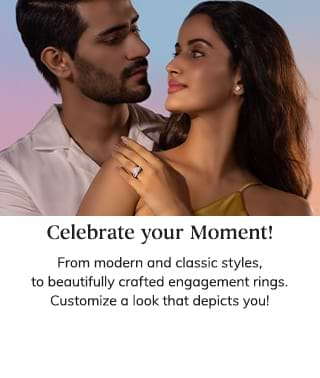We use cookies to make your experience better. To comply with the new e-Privacy directive, we need to ask for your consent to set the cookies. Learn more.
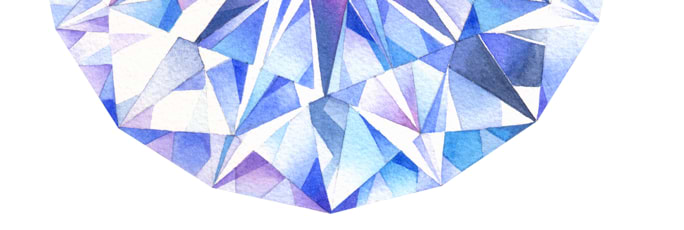

Back to the Basics - The 4 Cs of a Diamond
1. Cut:
Let’s cut to the chase :). We believe the cut is the most important aspect of choosing a diamond. It's basically what determines the proportion, symmetry and polish of a diamond. The better the craftsmanship on the cut, the more gorgeous the diamond. The right cut will enhance the sparkle and the scintillation of the diamond. The better the cut the more likely your diamond is to sparkle bright, like glitter. We’re here to make sure that you get the best diamond, so you can totally leave that to us.
The CaratLane Recommendation: Cut: Good
CaratLane Hint:
Invest in the cut. It’s the ultimate diamond hack (you’ll not find it in the books). A beautifully cut diamond can make the color and clarity appear better than they are. Don’t worry, we won’t tell anyone ;)
2. Clarity
When light passes through a diamond, it bounces back, resulting in the diamond to sparkle! Diamonds have imperfections in the form of spots and blemishes. The more imperfections, the more difficult it is for light to pass through, thereby reducing the sparkle. :(
If you’re lost in this info, here’s all you need to remember:
Lesser imperfection and inclusions = Better clarity
CaratLane Hint:
If you’re buying a diamond that’s under a carat, don’t obsess over the flaws because they aren’t really visible to an untrained eye. It’s better to invest in the cut, and roll with it!


CaratLane Recommended : I1-I2-I3
3. Colour
Ironically, the best color for a diamond would be ‘colorless’. The colors range from D (colorless) and go all the way to Z (light yellow color).
To be honest, the color difference in diamonds is quite subtle to an untrained eye. Nevertheless, they do create a difference in the price and quality of the diamond. Bottom line is, colorless diamonds are the most precious! :)
The CaratLane Recommendation: HI, J
CaratLane Hint:
You should pick a mount that’ll enhance the beauty of your diamond. If you pick a slightly yellow-colored diamond, you can pair it with a white gold band. The white gold will complement the yellow hue of your diamond, and they won’t clash with each other!
4. Carat
A carat (not karat or worse, carrot) is measured based on the weight of the diamond. Two diamonds of equal carat will have different prices, depending on the other 3 Cs you go with. It's quite simple, really. Your ideal carat depends on: How big you want your stone and obviously, your budget.
The CaratLane Recommendation: As big as you want!
CaratLane Hint:
Save big bucks by picking a 0.90 carat over a 1 carat diamond. Thank us later :D


CaratLane Recommended : As big as you want!
Shop by Diamond Shapes


Round


Pear


Heart


Princess


Oval


Cushion
Shape
Shape refers to the overall outline of the diamond when viewed from the top and that determines the price as well. The most expensive shape is the round diamond. That’s because they are best at reflecting light and shine like there’s no tomorrow! Although the choice of the shape mostly depends on your personal style, a princess, cushion or heart cut is what we would recommend if your diamond is bigger than 1 carat.
Diamond Grading
- Say Hello to Halo! It makes the centre stone look bigger and works as a protective shield as well Go fancy with cushion and emerald cuts.
- They’re usually priced lower and make ‘em eyes pop, too!
- Pick a diamond with an ‘excellent’ or ‘ideal’ cut and nothing less than that Although the round is the most expensive cut, it hides the imperfections and the yellowish colour in the best way. It’s like a realllly good concealer ;)
3. Certifications
The Certification is basically your diamond’s birth certificate. All our solitaire diamonds are meticulously analyzed and graded by the Gemological Institute of America (GIA), Hoge Raadvoor Diamant (HRD) & the IGI, the most trusted (and known) labs in the world.




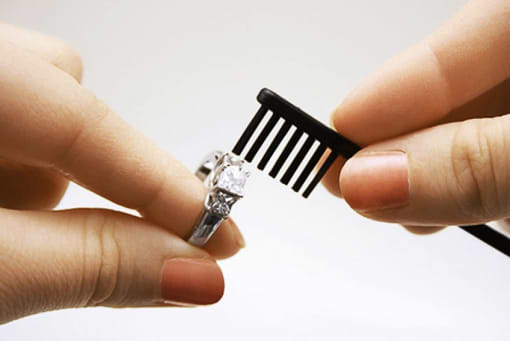

How to Care for Your Diamond:
- Soft cushion boxes to the rescue! Always use ‘em to store your diamonds
- Warm water + mild soap = Sparkling Jewelry
- Save your diamonds, don’t wear them while you’re sweating it out


 CAN
CAN IND
IND